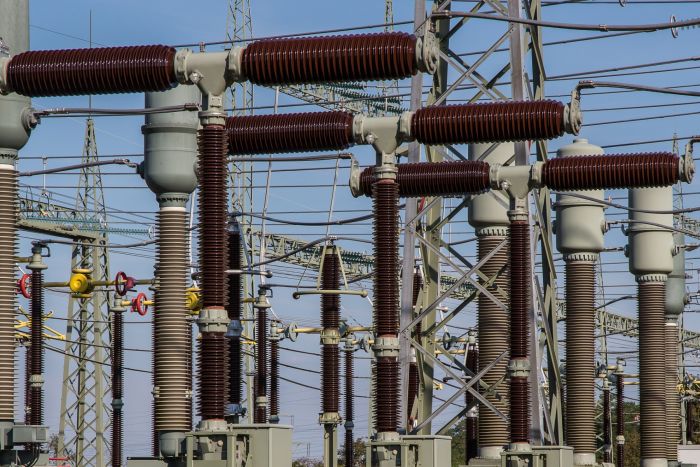3T-Unit Protection of Feeders
The graded overcurrent protection design, though quite simple, do not meet all the protection demands of an electrical power system. Application issues are experienced for two reasons: firstly, acceptable grading cannot be accomplished for a complex electrical system, and secondly, the protection adjustments may lead to maximum operating times that are excessive and cannot stop faults.
These issues are directed to the unit protection concept. This concept means that parts of the electrical system are separately protected without reference to other parts of the electrical system. One unit protection concept is widely known as ‘Differential Protection’. Foundation of this principle is to detect the difference in currents between the incoming and outgoing terminals of the protected element. Other unit protection concepts can be based on directional comparison, distance tele-protection arrangements or phase comparison unit protection.
This course is suitable for electrical engineers with a desire to understand the fundamentals of feeder unit protection. Presented details cover basic unit protection concepts and their particular applications to high voltage feeders. Upon successful completion engineers will be able to address basic feeder unit protection terminology, concepts, applications and arrangements.
The graded overcurrent protection design, though quite simple, do not meet all the protection demands of an electrical power system. Application issues are experienced for two reasons: firstly, acceptable grading cannot be accomplished for a complex electrical system, and secondly, the protection adjustments may lead to maximum operating times that are excessive and cannot stop faults.
These issues are directed to the unit protection concept. This concept means that parts of the electrical system are separately protected without reference to other parts of the electrical system. One unit protection concept is widely known as ‘Differential Protection’. Foundation of this principle is to detect the difference in currents between the incoming and outgoing terminals of the protected element. Other unit protection concepts can be based on directional comparison, distance tele-protection arrangements or phase comparison unit protection.
This course is suitable for electrical engineers with a desire to understand the fundamentals of feeder unit protection. Presented details cover basic unit protection concepts and their particular applications to high voltage feeders. Upon successful completion engineers will be able to address basic feeder unit protection terminology, concepts, applications and arrangements.
| Learning Objectives | This continuing education course is intended to provide you with the following specific knowledge and skills:
|
|---|---|
| Contact Hours | 3 Horas |
| CIAPR courses | CURSO TECHNICO |
| Instructor | Velimir |
| Devices | Desktop, Tablet, Mobile |
| Language | English |
SLSTECH System Requirements
To run our system effectively you should, as a minimum, use the system components listed on this page. If you do not, the system may still work but some functionality may be lost. Workplace IT environments' internal configurations can also restrict the functionality of our system. Access to content may be affected, as may the possibility of uploading files. File size limitations may also apply. Workplaces may also have older versions of software, and our system may not perform well with these.
Operating system
-
Recommended: Windows 7, 10, Mac OSX Sierra, iPad IOS10
Internet speed
-
Use a broadband connection (256 Kbit/sec or faster—this will ensure that you can view videos and online presentations) through USB wireless modem, ADSL, T1/T2, fibre optic or cable.
-
Dial-up access will be significantly slower, and we do not recommend it for using our system.
Internet browsers
Compatible browsers include:
-
Google Chrome 32 bit version 50 or later (recommended for optimal compatibility, this has been thoroughly tested on Windows)
Safari 10 or later (recommended for optimal compatibility, this has been thoroughly tested on Mac)
Note that add-ons and toolbars can affect any browser's performance.
-
MS Internet Explorer is not recommended
Settings
We recommend that the following be enabled:
-
Cookies
-
Pop-ups (in both Internet browser and security software)
-
Javascript
-
We recommend that you use the latest version of Adobe Flash Player.
Software
-
We recommend that you use the latest version of Adobe Acrobat Reader.
-
To view all the resources uploaded to Hazmat Authority, you will probably need to have Microsoft Office (Word, Excel, PowerPoint) or an equivalent (e.g. Open Office, Viewer) installed.
Security
With all firewalls, ensure that you enable uploading of files.





Validate your login
Sign In
Create New Account